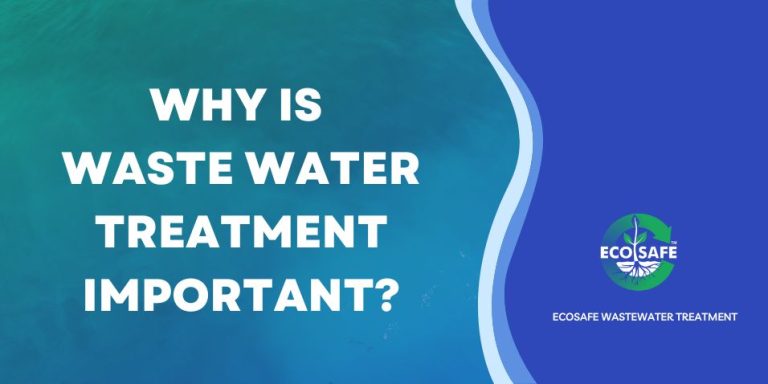Fascination About Reclaim Waste
Fascination About Reclaim Waste
Blog Article
Everything about Reclaim Waste
Table of ContentsThe Ultimate Guide To Reclaim WasteReclaim Waste Can Be Fun For AnyoneThe Single Strategy To Use For Reclaim WasteThe Only Guide to Reclaim WasteThe Reclaim Waste PDFs
Explore the types, events, and types of liquid waste. Domestic sewage waste refers to the waste and items from a residential sewage-disposal tank. This sort of waste is created by people in houses, colleges, and other buildings. This only consists of sewage-disposal tanks that have a drain area. The correct monitoring and disposal of residential sewage waste call for liquid waste to be moved to a sewage therapy plant where the appropriate approaches and devices are applied to detoxify and dispose of waste.
Business waste commonly includes potential risks, such as combustible materials or a mix of liquid and solid waste items, and needs an advanced and in-depth disposal procedure. The disposal of commercial waste normally involves the filtering of waste prior to transportation to make sure secure and appropriate disposal. Hazardous waste is created from by-products and overflow of commercial procedures and production.
This kind of waste can not use the exact same sewer administration transportation or processes as septic or business fluids. The hazardous waste monitoring process calls for the inspection and testing of liquid waste before it undertakes the disposal process (industrial wastewater treatment). Runoff waste is the liquid waste that comes from overflow and excess stormwater in extremely inhabited locations or cities
Drainage waste can create contamination and flooding if not dealt with appropriately. Discover more concerning sewage system cleaning and waste monitoring. Ensuring correct waste administration can avoid calamities and minimize ecological damage. Both individuals in property settings and specialists in commercial or production markets can benefit from comprehending the procedures and guidelines of liquid waste management.
Reclaim Waste Things To Know Before You Get This
Contact PROS Solutions today to learn concerning our waste monitoring and disposal services and the proper methods to care for the fluid waste you create.
(https://www.ted.com/profiles/48198485/about)This so-called 'wastewater' is not only a vital resource however, after treatment, will be released to our land, waterways or the sea. Utilized water from bathrooms, showers, baths, kitchen sinks, washings and industrial procedures is recognized as wastewater.

water used to cool equipment or tidy plant and tools). Stormwater, a form of wastewater, is runoff that streams from agricultural and urban locations such as roofing systems, parks, gardens, roads, paths and seamless gutters right into stormwater drains, after rain. Stormwater moves unattended directly to regional creeks or rivers, eventually getting to the sea.
Reclaim Waste Can Be Fun For Anyone
In Queensland, the majority of wastewater is dealt with at sewer treatment plants. Wastewater is delivered from residential or commercial websites through a system of sewers and pump terminals, known as sewage reticulation, to a sewage therapy plant.
The Department of Natural Resources suggests city governments about managing, operating and keeping sewage systems and therapy plants. In unsewered areas, neighborhood governments might require owners to set up specific or family sewer treatment systems to treat domestic wastewater from commodes, kitchens, washrooms and washings. The Division of Natural Resources authorises using household systems when they are proven to be reliable.
In some new subdivisions, therapy of some stormwater to eliminate litter, sand and straight from the source crushed rock has started utilizing gross contaminant catches. Wastewater treatment happens in four phases: Gets rid of strong issue.
Wastewater after that moves into large storage tanks where solids work out and are gotten rid of as sludge. Grease and residue are skimmed from the surface. Makes use of tiny living microorganisms called micro-organisms to damage down and eliminate remaining liquified wastes and great particles. Micro-organisms and wastes are incorporated in the sludge. Gets rid of nitrogen and phosphorus nutrients that could trigger algal flowers in our waterways and endanger marine life.
The Best Strategy To Use For Reclaim Waste
Nutrient removal is not available at all sewage therapy plants because it requires pricey specialized tools. Clear fluid effluent generated after treatment may still include disease-causing micro-organisms - liquid waste disposal.

This generally indicates wastewater has actually to be dealt with or pollutants eliminated prior to it can be released to rivers. Many wastewater flows into the sewage system. Under the Act, city governments administer approvals and permits for ecologically relevant activities (Periods) entailing wastewater launches that might have a local influence. The division carries out authorizations and licences to Periods including wastewater releases that could have a local or statewide effect.
What Does Reclaim Waste Mean?
Otherwise, examples are considered laboratory evaluation. Commonly several tests are needed to establish the levels of each of the various contaminants such as oils, hefty steels and pesticides in water. Tracking gives factual details regarding water top quality and can validate that licence problems are being met. The information acquired via monitoring offers the basis for making water top quality choices.
Report this page